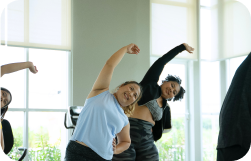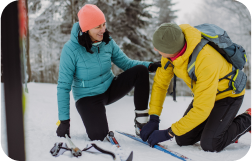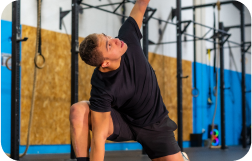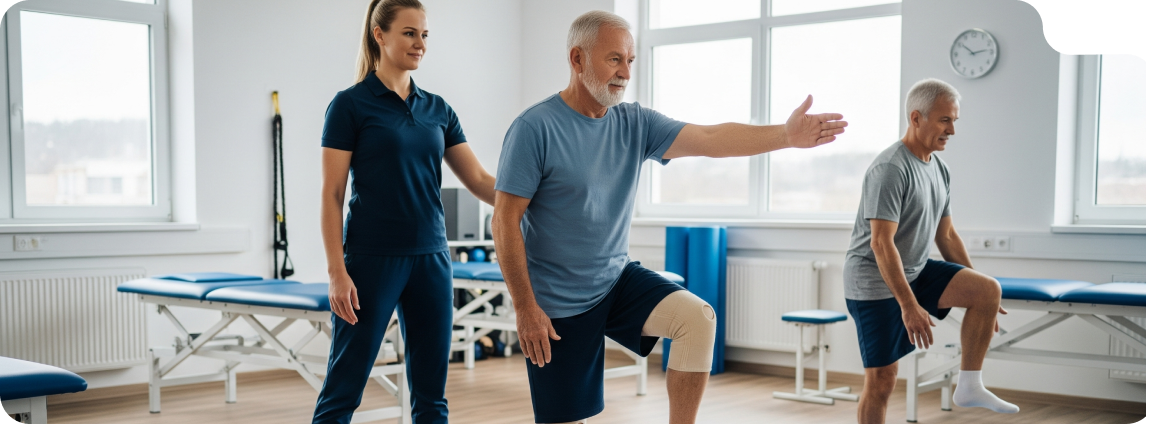Get back on the slopes with confidence
Ski injuries can be disheartening, but with a tailored rehabilitation plan, you can recover from them and avoid future injuries on the slopes. Whether you’re a beginner skier or a backcountry adventurer, we’ll help you get back on the slopes with confidence.
Restore Physiotherapy offers rehabilitation services for before and after the ski season, helping you avoid injuries and manage post-recovery. Our in-clinic team has reformers and trapeze tables that mimic ski movements, so you can build your balance and improve muscle movement.







